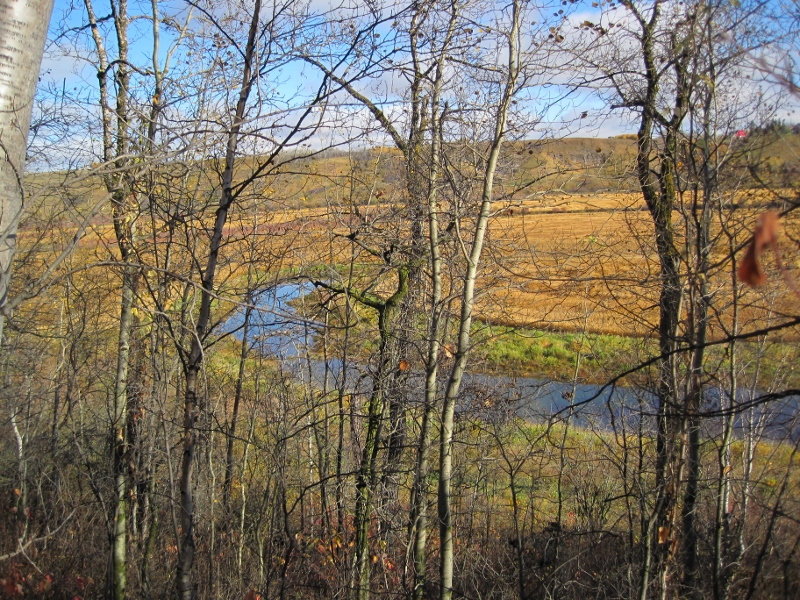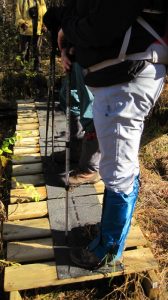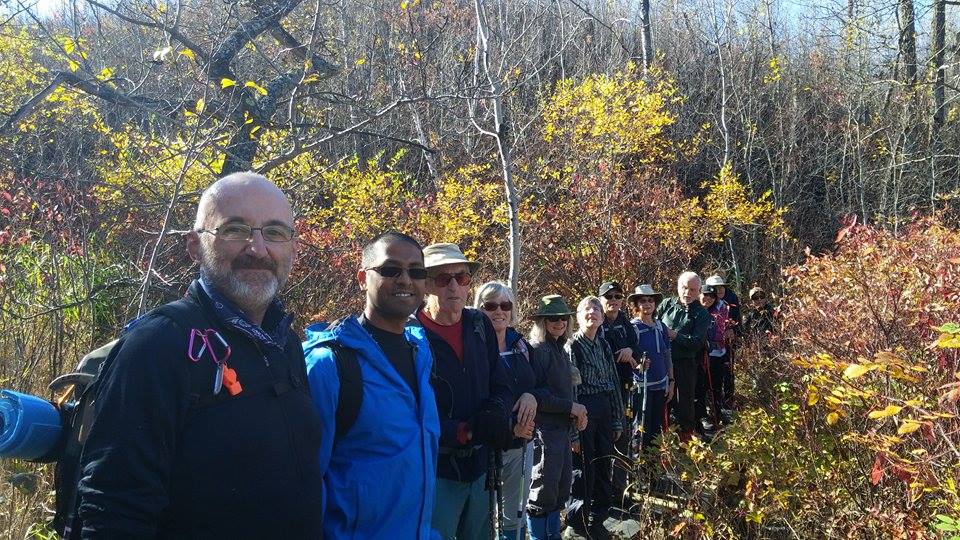On today’s hike, nine of us descended on the bank of the North Saskatchewan river to take in the walk from the boat launch to the Lions Campground. It was a good test of our winter gear. Some of us determined that we will have to get mittens over gloves, better footwear, and thicker socks before the real winter comes.
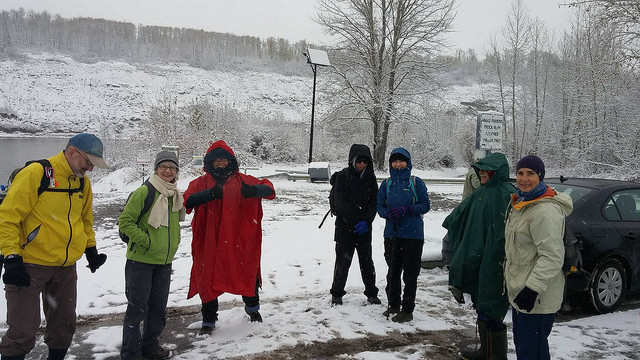
Much of the trail was a wonderland. Snow piled on leaves that were still attached to the trees made for fun game I call “Let’s Make a Blizzard.”
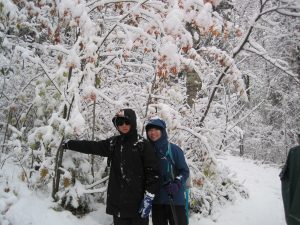
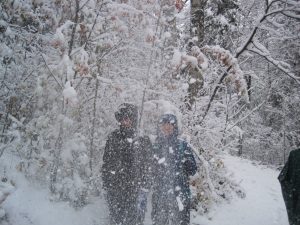
At the campground, the residents were preparing for a Thanksgiving event. And in the spirit of Thanksgiving, they allowed us to come in and warm up around the magnificent fire.
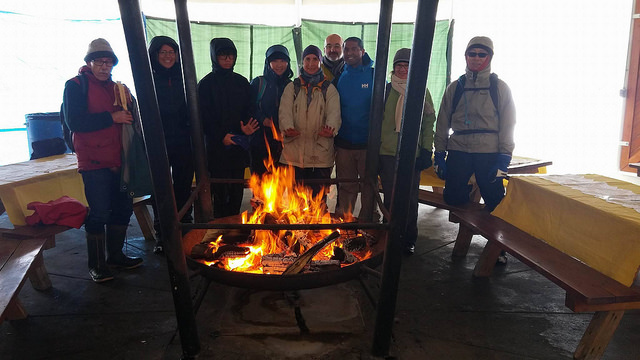
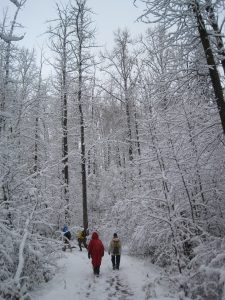
The lively topic at lunch was Where is the best place to buy bread?
Here are some of our suggestions:
Bon Ton Bakery
B&A Bakery
Cobs Bread
We took a lot of pictures. You can find the rest of them here

